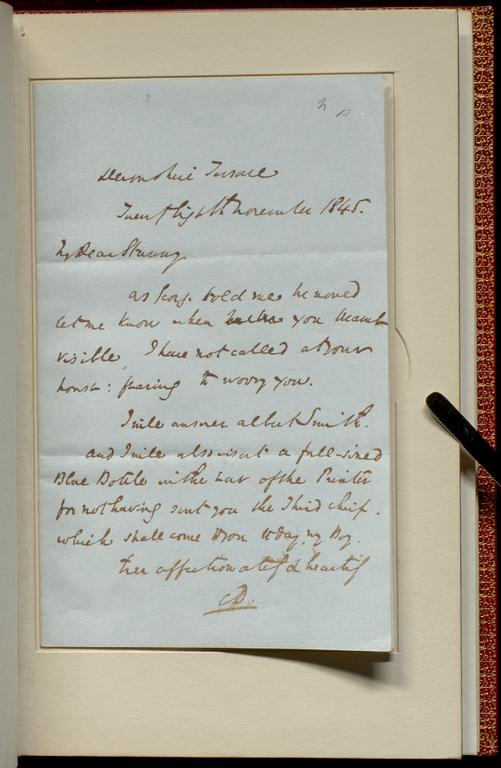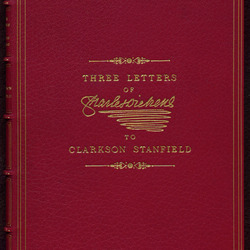More about the special collaboration between ENG337 and the Manuscript and Rare Book Collecion 0
At the Masters level, students studying English literature are required to
take a number of ‘Special Topics’ courses, which delve into a particular
time period, genre, or theoretical background in the field. These courses
are designed by the individual instructors and the topic varies from year
to year. In Spring 2021, the assigned instructor for the course, PhD
stipendiat Julia King, decided to base the course around one of her areas
of expertise: book history. Book history is the study of the history of
the creation, dissemination, and reception of handwritten, printed, and
sometimes even digitally published material – in other words, the study of
everything about a book that isn’t usually studied. Rather than focusing
on the text of works of English literature like The Canterbury Tales, A
Midsummer Night’s Dream, Persuasion, and A Christmas Carol, students
learned about what a medieval manuscript looked like, how printing worked
in Shakespeare’s time, and how a woman author might be able to publish her
written work. By studying the “materiality”, or the physical features and
construction of a book, students learned how to find readers’ responses to
literature in scribbles in the margins of books, or to think about how
editors change and manipulate the order and shape of a book after the
author has finished the final draft of the text.
Although the class
was heavily affected by the COVID-19 pandemic, and was forced to hold all
but one lecture in an online format, King felt it was important to expose
the students to more than just traditional lectures. In collaboration with
Manuscript and Rare Book Collection's Scientific Director Alexandros
Tsakos, she arranged an expert guest lecturer for every class meeting to
talk about the reality of working in a special collection: guests included
conservator Ekaterina Pasnak and Gina Dahl, one of the foremost Norwegian
book historians, both of whom work at the University of Bergen Library.
As
restrictions eased, King and digital archivist Marianne Paasche invited
students to visit the library one by one to digitize an object from the
Dickens collection that had been assigned to them. Students were able to
handle rare material relating to one of the authors on their syllabus, use
the specialized scanners in the library to take high resolution photos of
the bindings and pages of their objects, and then worked with their own
object to create the metadata that is in the exhibit.
The class was
lucky enough to be able to meet once in person, here MA student Sunniva
Eirin Sandvik describes her experience:
Throughout the semester, the
class had a single opportunity to hold the lecture the way it was
originally intended to be held, which was in the library itself. There,
the students got a more hands-on experience where they could see what they
learned in the lectures up close, looking at authentic documents and
manuscripts for evidence of what they had learned. This included material
components such as how text and illustrations were printed, how books were
bound, and what kind of materials were used. This provided the opportunity
to not just learn through the lectures themselves, but to connect what
they learned to the physical examples shown in the library, with the help
of the wonderful employees of the Special Collections and their expertise.
The value and potential for this type of lecturing is a deeper
understanding of how books have evolved from scribes copying one
manuscript into another, into the publishing industry we know today. The
students have gotten the opportunity to view history up close, as
expressed by individuals who show a passion for the history they are
tasked to preserve, connecting theory with practice and physical,
historical evidence. (This student, for one, finds this connection between
theory and experience immensely valuable, granting a deeper understanding
and increased appreciation for the history that led us to where books are
today.)
Below you can see the students from Eng337, and Julia
King teaching each student individually at the digitization room. The last
image is a section of the letter from Dickens to Stanfield
(ubb-dickens-h-06-3). The person digitizing, in this case the student,
carefully holds the document with this flat instrument with soft edges,
while simultaneously trying not to appear on the digitized image.


